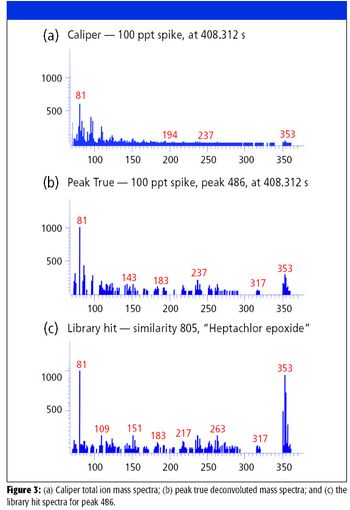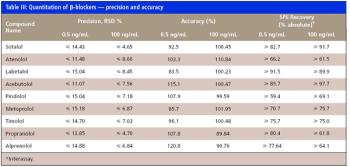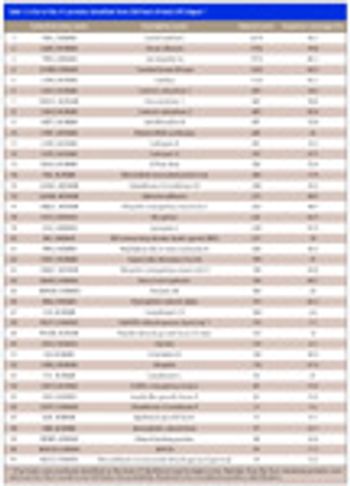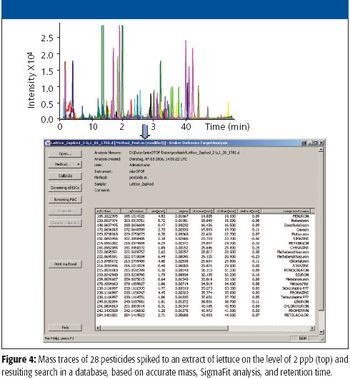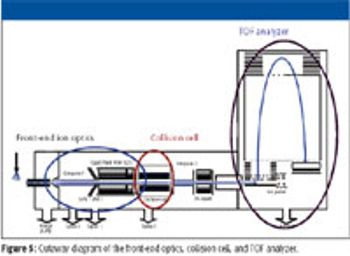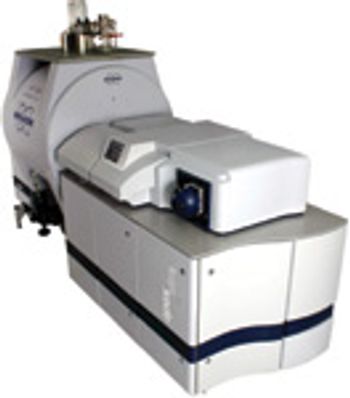
Special Issues
Thermo Fisher Scientific's LTQ Orbitrap XL mass spectrometer is designed for protein identification and biomarker discovery. The instrument reportedly features high sensitivity in MS and MSn, a rapid scan rate, high mass accuracy, and up to 100K resolution power. According to the company, the product includes an octapole collision cell for increased flexibility in MS-MS fragmentation applications such as peptide quantitation, PTM analysis, de novo sequencing, and metabolomics research. Thermo Fisher Scientific, Waltham, MA;

